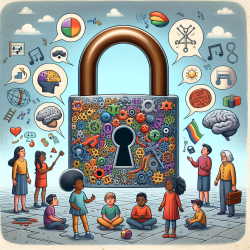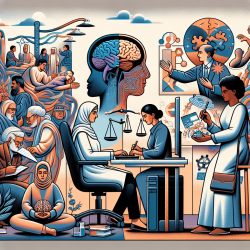Introduction: The Pressing Issue of Burnout in Special Education
Special education funding agencies are acutely aware of the challenges faced by educators and therapists in today's demanding educational landscape. With increasing workloads and complex Individualized Education Program (IEP) meetings, burnout has become a significant concern. The question is, how can we streamline IEP planning to reduce stress and improve outcomes for children? The answer lies in leveraging data-driven telepractice solutions.
The Power of Data-Driven Decisions
Incorporating data-driven decisions into IEP planning is not just a trend; it's a necessity. By utilizing robust data analytics, educators can make informed decisions that directly impact the success of their students. This approach not only saves time but also ensures that each child's unique needs are met with precision and care.
Telepractice: A Game-Changer in Special Education
Telepractice has emerged as a powerful tool in the realm of special education. By providing online therapy services, companies like TinyEYE are revolutionizing the way IEP meetings are conducted. Here’s how telepractice can alleviate burnout and enhance IEP planning:
- Flexibility and Accessibility: Online therapy sessions offer unparalleled flexibility, allowing educators and therapists to conduct meetings from any location, thus reducing travel time and associated stress.
- Enhanced Collaboration: Telepractice platforms facilitate seamless collaboration between team members, ensuring that everyone involved in the IEP process is on the same page.
- Data Integration: With integrated data systems, educators can access real-time information about a child's progress, making it easier to tailor educational strategies to meet specific needs.
Case Study: Success Through Telepractice
Consider a recent case where a school district partnered with TinyEYE to implement telepractice solutions. By integrating online therapy services into their IEP planning, the district reported a 30% reduction in meeting times and a significant decrease in educator burnout. More importantly, children received more personalized and effective interventions, leading to improved educational outcomes.
Conclusion: A Call to Action for Funding Agencies
For special education funding agencies, the message is clear: supporting data-driven telepractice solutions is an investment in the future of education. By embracing these innovative tools, agencies can help schools combat burnout, enhance IEP planning, and ultimately create better outcomes for children.
It's time to take action. By prioritizing telepractice and data-driven decisions, we can transform the landscape of special education, ensuring that every child receives the support they need to succeed.










